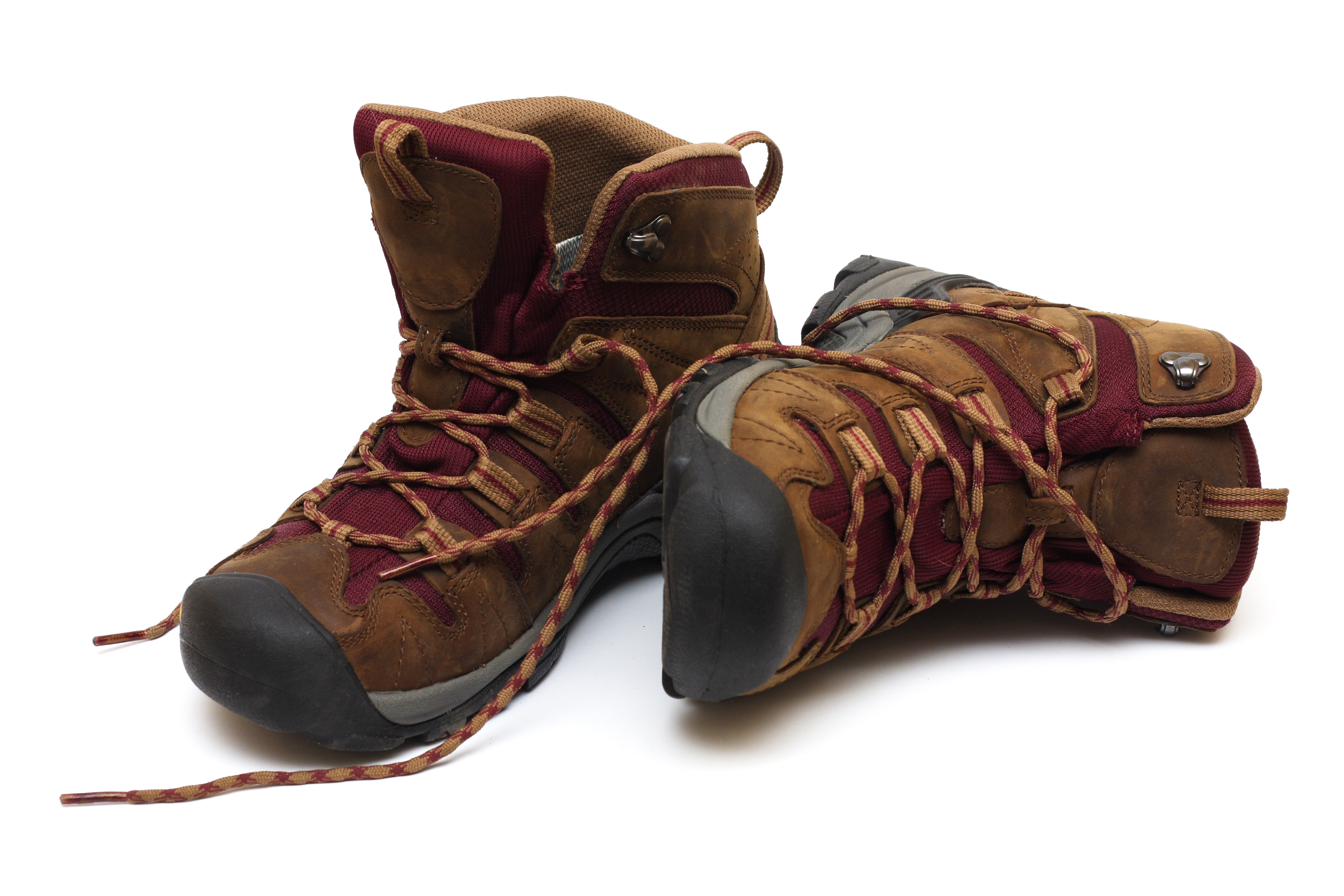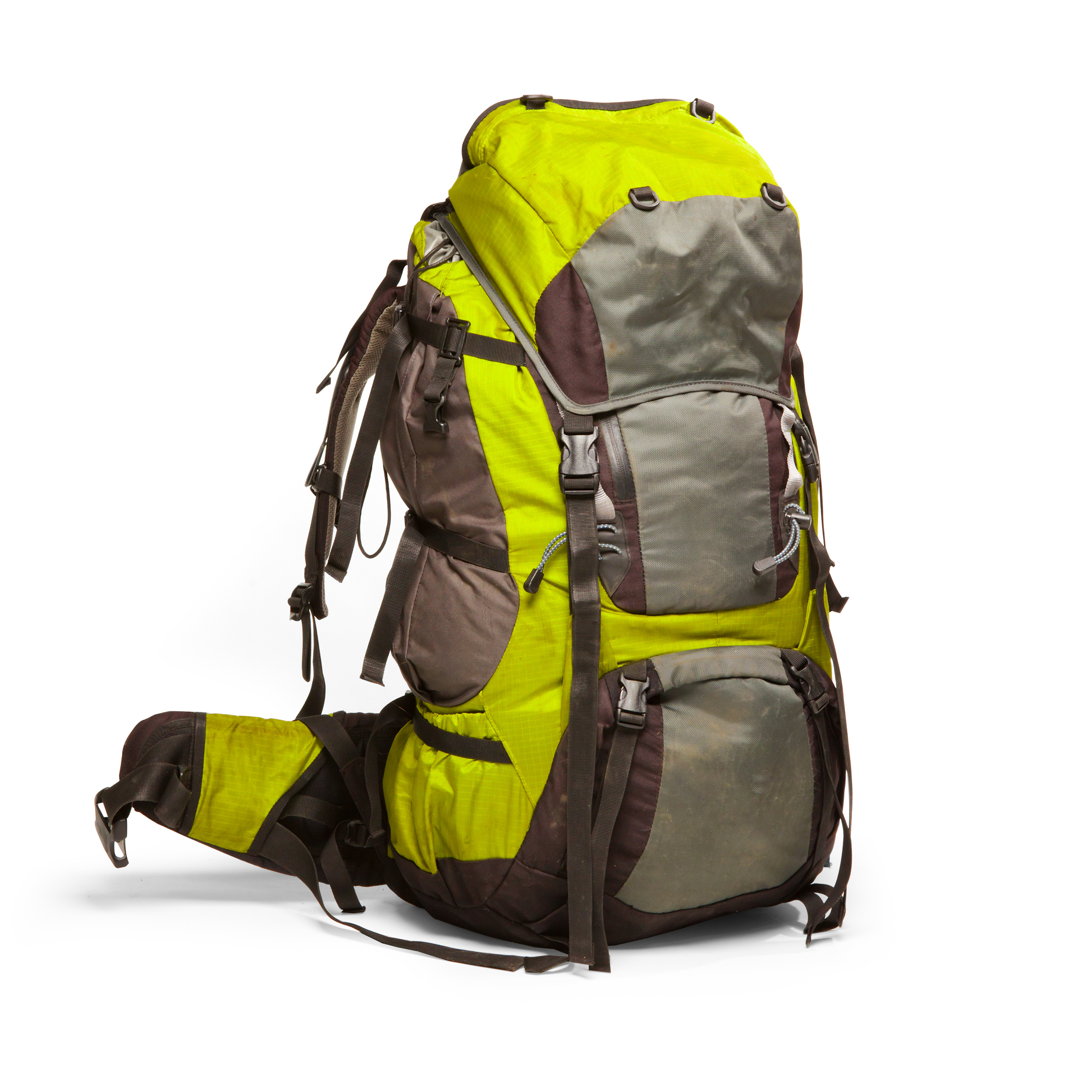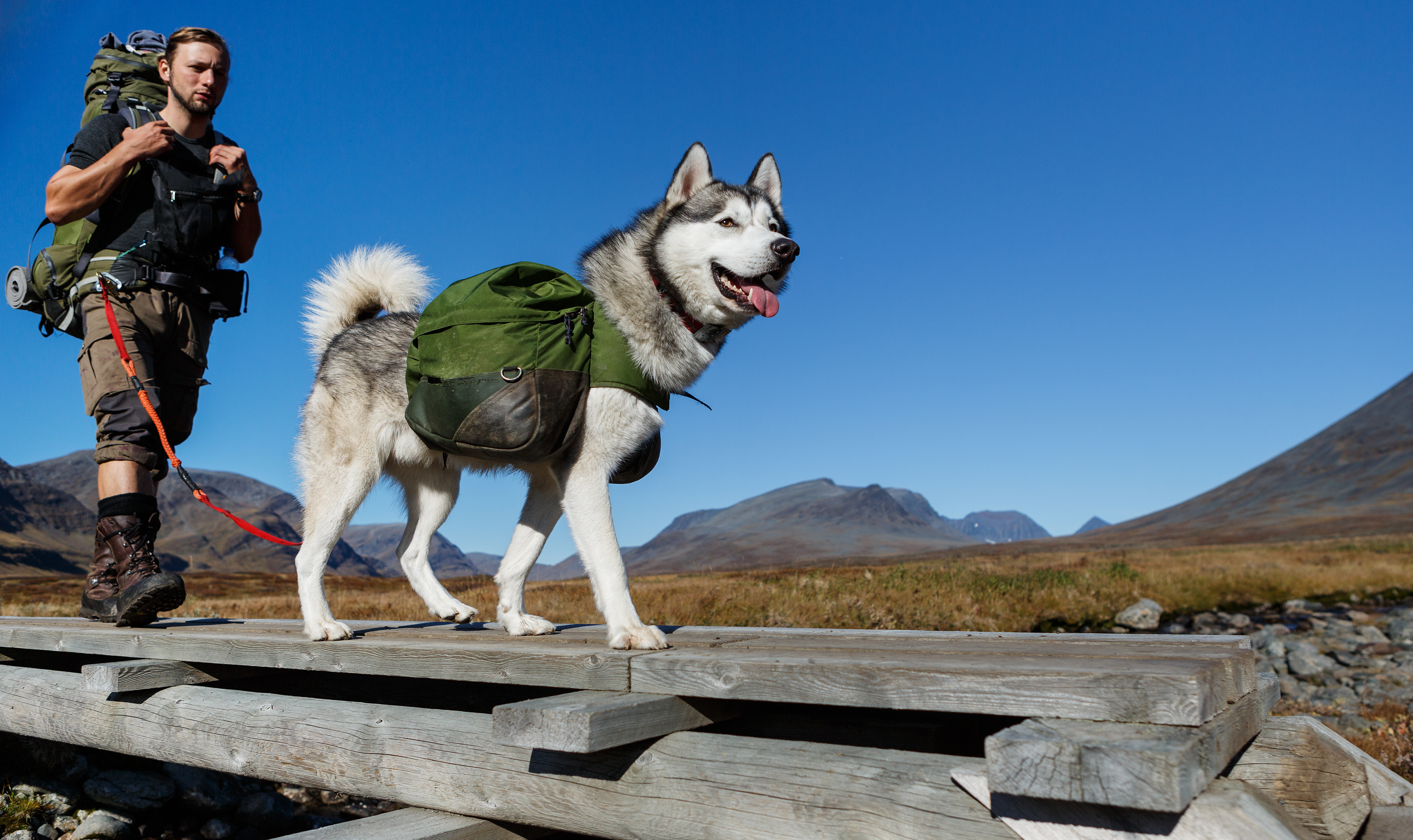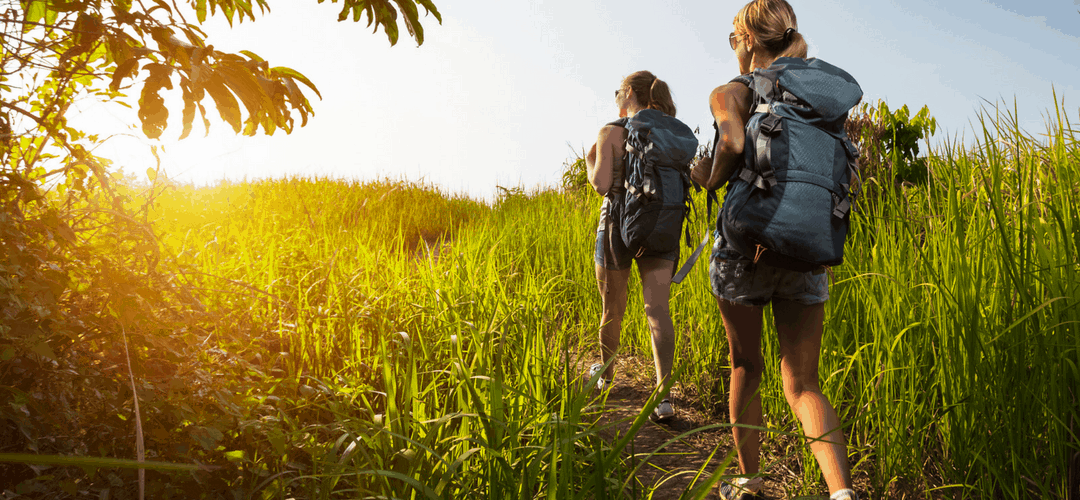Prepare for Success – The Tools of the Trade
Whether you are starting a new active lifestyle, getting into a new hobby – or like us – farming apples, cherries and blueberries, there are a few tools of the trade that make your progress go a little smoother.
We recognize most of you aren’t going to start farming apples so you maybe aren’t interested in the latest tractors or trellis, but many of you are ready to head out on the trail and get in some of your first hikes and Laura from This Runner’s Recipes shares some of her tips for the hiking gear you need to enjoy the trail.
Lace Up Tips From Laura
If you walk into REI or any other outdoors store, the plethora of gear designed for hiking and backpacking can be overwhelming. Do you really need that portable stove for a day hike? What about that camp chair?
I recommend you keep it simple. You only need a few key pieces of gear to start hiking, whether you are hiking in your local park or in the mountains. From boots to backpacks, here are the pieces of gear you need to start hiking.
Hiking Boots or Trail Running Shoes
Regular running shoes won’t provide the traction you need to hike on dirt, roots, and rocks. Hiking boots and trail running shoes both feature heavy lugs along the bottom of the shoe that grip onto the trail surface and provide traction with each step. Trail running shoes and hiking boots will also protect your feet from rocks, water, and insects.
Hiking boots provide more ankle support than trail running shoes which is ideal for long hikes, very technical, rocky trails, or if you are prone to ankle injuries. And believe me when I say the ankle support makes a difference – when I slipped over a wet rock on a descent last year, the ankle support of my boot made the difference between a sprained foot and a dislocated bone.
Whether you choose a shoe or a boot, it’s vital that you get fitted by a professional. Arch height, foot volume, and any ankle or foot injuries (previous or current) affect what type of shoe you should be in for hiking. You will be on your feet for a long time during hikes – longer than you are for most runs – so it’s essential that your shoes provide the support that your feet need. Focus on comfort – not fashion.

Merino Hiking Socks
Cotton socks trap sweat, which leads to blisters, wet feet, and odor. A good pair of merino hiking socks only costs $15 and will keep you comfortable and blister-free for years of hiking. While any cut of merino wool sock will work, higher crewcuts protect your legs from bugs, rocks, and roots.
Breathable Base Layers
As with socks, you want to avoid cotton when selecting shirts and jackets for hiking. Cotton will soak in sweat and cause you to chill, which can lead to shivering and a risk of hypothermia as you ascend up to colder temperatures at the top of the mountain. Cotton also can lead to chafing and overheating. To stay dry, cool, and comfortable, select base layers made from merino wool or synthetic wicking fabrics.
You can wear most running shirts (except for those free cotton tees from races!) on hikes. Running clothes are designed to wick sweat off the skin and protect from the sun and will perform the same function on a hike as a run.
The temperatures changes as you hike, so you want to be prepared by wearing and packing layers. A wicking tank or tee can serve as your base layer in summer, and then a wicking long sleeve shirt, a quarter zip, or a jacket will serve as a second adjustable layer.
Synthetic Pants
Your pants should allow you to climb, squat down, and easily maneuver on the trail. Synthetic hiking pants and shorts allow you to move within a full range of motion and breathe so you don’t overheat while hiking. You can also wear shorts or crops designed for running, as the fabric will wick sweat and allow for full mobility. Whatever you do, do not go hiking in jeans or other cotton pants – in addition to the inability of the fabrics to wick moisture, you will not have a full range of motion.
Backpack
You need something to carry your water, snacks, and extra layers of clothing! A backpack is a hiker’s go-to piece of gear, no matter how long the hike or what time of year.
Unless you plan on doing long overnight backpacking trips, you don’t need to begin hiking with a very expensive bag. A small 18-28 liter daypack will hold everything you need for a day hike. However, don’t just pick the first bag you see at the store; visit an outdoor recreation store and get fitted by a knowledgeable salesperson. A properly fitted back will prevent back and hip pain and keep you hiking comfortably for miles.

Optional: Dog Harness
If you are hiking with your dog, pick a secure and comfortable harness for them. As with running, a collar places too much strain on their next, while a harness controls them more on the leash as it wraps around their torso. A harness is also more secure than a collar and more comfortable for the dog.
If you already have a harness for running with your dog, you can use that same harness for backpacking. Companies such as Ruffwear design hiking harnesses for dogs that are padded to prevent chafing.

With these few key pieces of gear, you can enjoy miles and miles of safe and comfortable hiking. Happy trails!
Wow – Laura’s got some great tips for getting the right gear to start hiking and we can’t wait to get outside and keep living Wholesome to the Core®.

